Houseplants and garden plants add life, beauty, and freshness to our homes and surroundings. But one of the biggest challenges for plant parents — beginners and seasoned alike — is determining the right time to water their plants. Watering might seem simple, yet too much or too little water is often the leading cause of plant stress or death.
Different plants have different water needs based on their species, size, light exposure, soil type, and the environment they live in. So how do you know when your plant truly needs water? This complete care guide will help you understand plant hydration needs, recognize early warning signs, and build a smart, customized watering routine for every plant you nurture.
Why Is Proper Watering So Important?
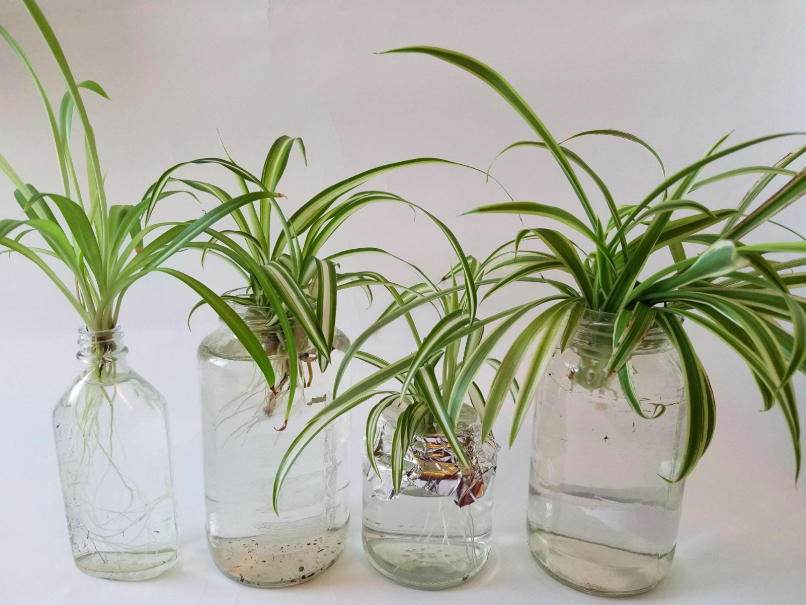
Water is essential for a plant’s survival. It supports nutrient absorption, photosynthesis, leaf and root development, and temperature regulation. Both overwatering and underwatering can harm your plants:
- Overwatering suffocates roots, leading to root rot, yellowing leaves, and stunted growth.
- Underwatering dehydrates the plant, causing wilting, leaf drop, and eventual death if neglected too long.
Knowing when and how much to water keeps your plants healthy, beautiful, and thriving.
Factors That Influence a Plant’s Water Needs
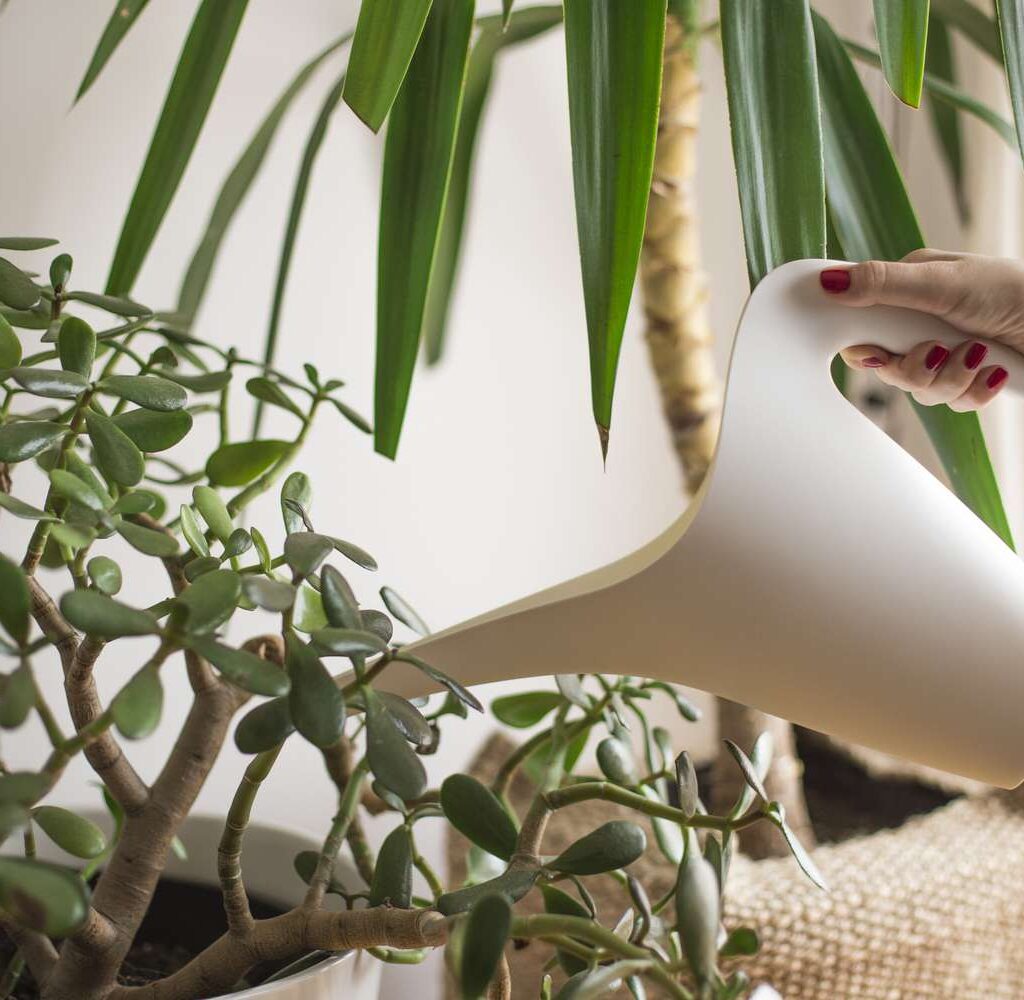
Not all plants follow the same watering schedule. Several factors affect how often a plant needs hydration:
Plant Type
Succulents, cacti, and snake plants need far less water than tropical species like ferns, peace lilies, or calatheas. Understand your plant’s native habitat — dry desert plants and tropical rainforest plants have completely different water requirements.
Pot Size and Type
Smaller pots dry out quicker than larger ones. Additionally, unglazed clay or terracotta pots allow soil to dry faster, while plastic and glazed ceramic pots retain moisture longer.
Light Exposure
Plants in bright, sunny spots typically use more water than those in shaded areas. Heat and light speed up water evaporation.
Temperature and Humidity
Warm, dry indoor air dries out soil faster. Plants in cooler or humid environments require less frequent watering.
Soil Type
Well-draining, loose soils dry faster than dense, compact soils. Potting mixes with perlite, bark, or sand promote good drainage.
How to Know When Your Plant Needs Water
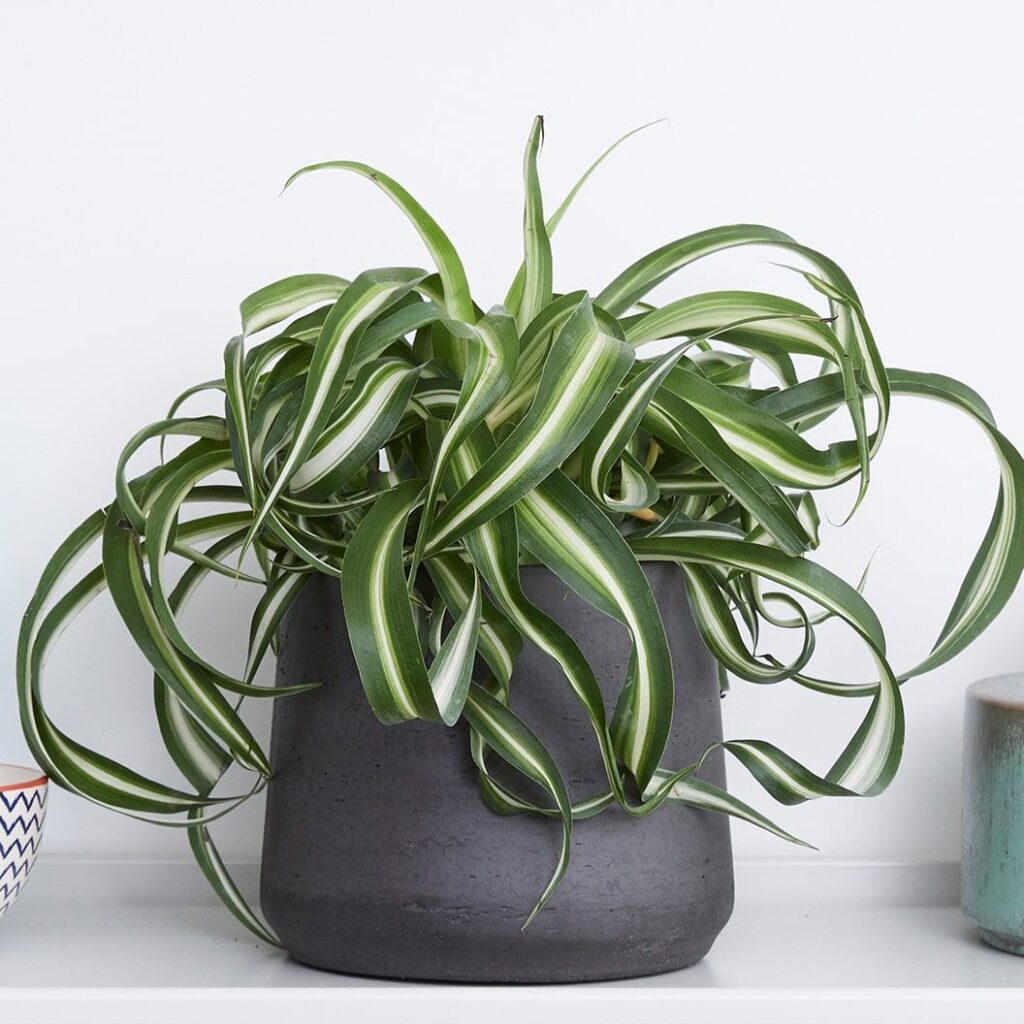
Let’s explore the best methods to accurately determine when your care plant is thirsty:
The Finger Test
One of the simplest and most effective techniques is the finger test.
- Stick your finger about 1–2 inches into the soil.
- If it feels dry at that depth, it’s time to water.
- If it still feels slightly moist, wait a day or two and check again.
This works well for most houseplants except for very small pots or cactus/succulents.
Observe Leaf Behavior
Plants often display visual clues when they need water:
- Wilting or drooping leaves: A classic sign of dehydration. Be careful, though — overwatered plants can also wilt.
- Crispy, dry leaf edges: Indicates a lack of water or humidity.
- Dull, limp leaves: Means the plant isn’t getting enough moisture.
Monitor your plant’s usual appearance so you can spot changes early.
Check Soil Color and Texture
Look at the surface and texture of the soil:
- Dry soil becomes lighter in color and pulls away from the pot’s edges.
- Moist soil is darker and holds together when pressed.
For outdoor plants, dry soil feels powdery and forms loose clumps.
Lift the Pot
Another easy trick is to gently lift the pot and feel its weight:
- A pot with dry soil will feel significantly lighter.
- A well-watered pot is heavier due to the water weight in the soil.
This is especially handy for hanging plants or those in large containers.
Use a Moisture Meter
If you’re unsure, a moisture meter is an inexpensive, reliable tool that instantly reads soil moisture levels.
- Insert it into the soil to the root zone.
- Follow the meter’s range — dry, moist, or wet — to decide when to water.
It’s particularly useful for deeper-rooted or delicate plants.
How Often Should You Water Your Plants?
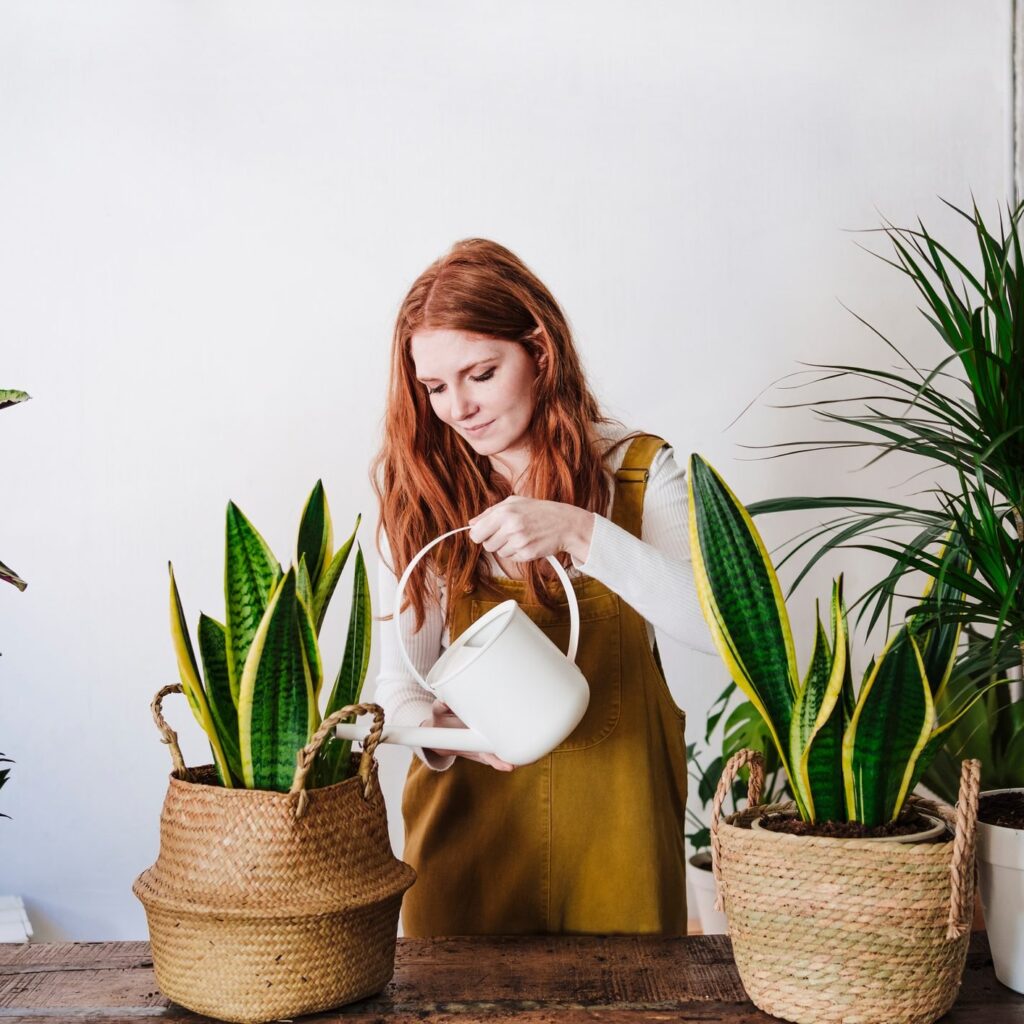
There’s no one-size-fits-all watering schedule. However, you can follow these general guidelines:
| Plant Type | Watering Frequency |
|---|---|
| Succulents/Cacti | Every 2–3 weeks |
| Snake Plant, ZZ Plant | Every 10–14 days |
| Tropical Houseplants | Every 7–10 days |
| Ferns, Calatheas | Every 4–7 days (keep moist) |
| Outdoor Potted Plants | Every 1–2 days in summer, weekly in cooler weather |
Always adjust based on season, room conditions, and soil dryness.
Signs of Overwatering
Overwatering is just as harmful as underwatering. Look out for these warning signs:
- Yellowing, mushy leaves
- Constantly soggy soil
- Wilting, despite wet soil
- Mold or fungus gnats near the soil
- Root rot (black, mushy roots when checked)
If you spot these, stop watering, improve drainage, and let the soil dry out before resuming care.
Best Practices for Watering Your Plants
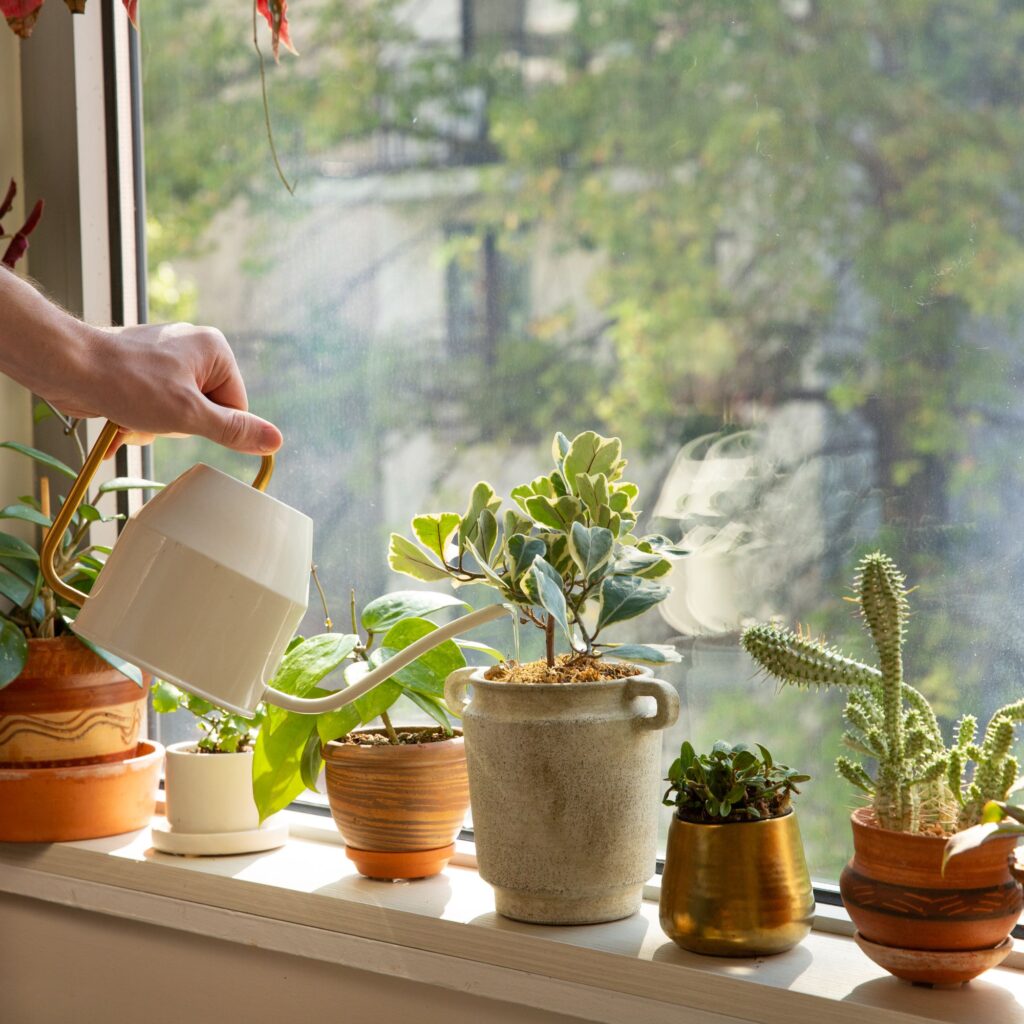
Here are some essential watering tips to keep your care plants healthy:
- Water deeply until excess water drains from the bottom of the pot.
- Empty saucers after 15–30 minutes to prevent root rot.
- Use room-temperature water — cold water can shock roots.
- Water in the morning so plants absorb moisture before the heat of the day.
- Adjust watering during seasonal changes — less in winter, more in summer.
- Increase humidity for tropical plants with misting, pebble trays, or humidifiers.
Special Watering Tips for Popular Plants
- Fiddle Leaf Fig: Water when the top 2 inches of soil feel dry.
- Peace Lily: Wait until leaves droop slightly, then water thoroughly.
- Aloe Vera: Let soil dry completely between watering, about every 2–3 weeks.
- Spider Plant: Keep soil lightly moist, water every 7–10 days.
- Pothos: Allow topsoil to dry out completely between watering.
Conclusion
Understanding when your care plant needs water is a skill that improves over time with observation, touch, and consistency. Plants communicate through their leaves, soil, and overall behavior — you just need to learn how to listen.
By using simple techniques like the finger test, watching for leaf signals, lifting the pot, or using a moisture meter, you can confidently water your plants only when they need it, promoting healthier roots, stronger leaves, and a longer lifespan.
Whether you’re tending to a collection of lush tropicals, hardy succulents, or outdoor potted beauties, building a responsive watering routine tailored to your plants’ natural rhythms will ensure they stay vibrant, beautiful, and thriving in your home.

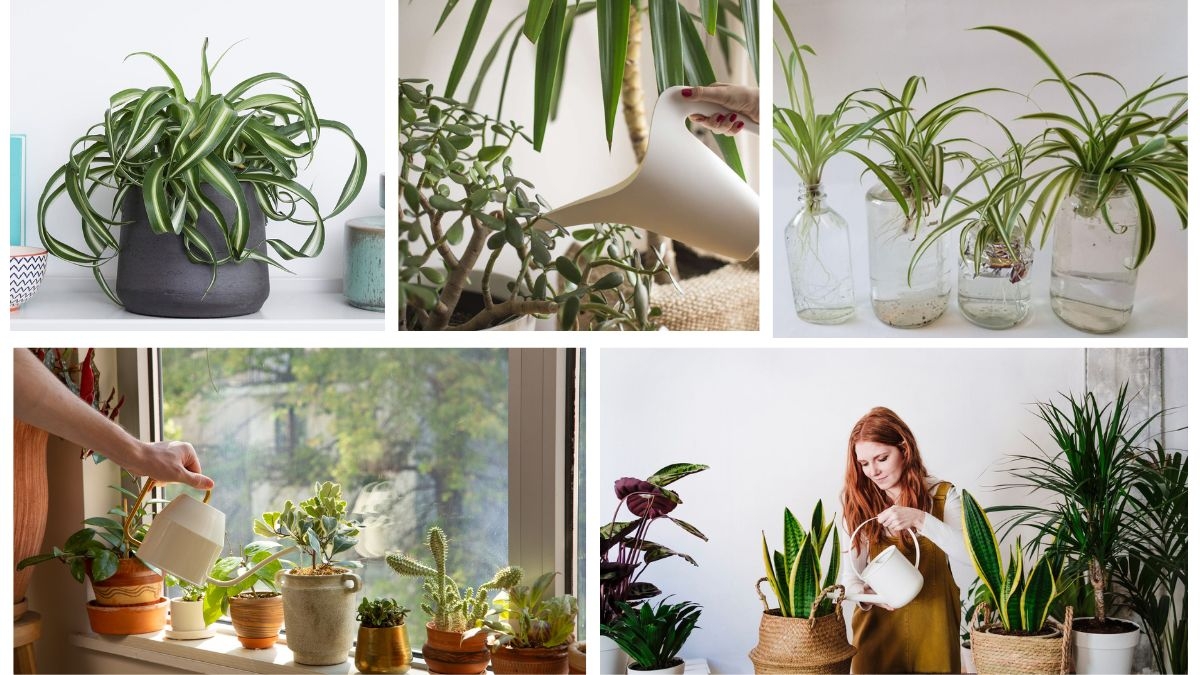





Leave A Comment